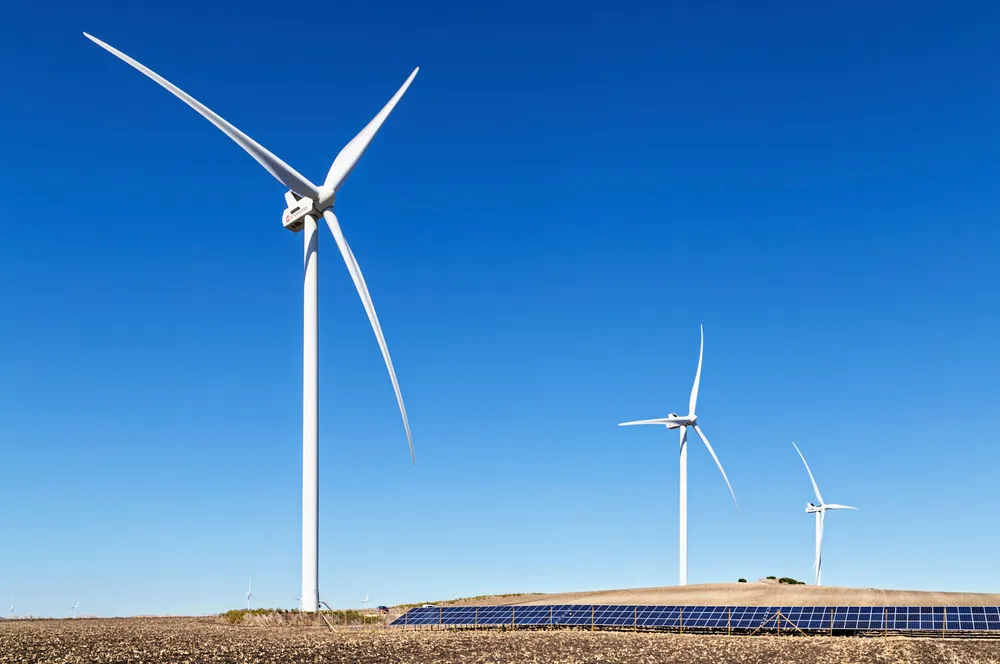Why it may be cheaper to produce green hydrogen using excess renewables, rather than 24/7 power
Operating electrolysers only at times when power prices are low may result in lower-cost H2, says energy consultancy Thema

Operating electrolysers only at times when power prices are low may result in lower-cost H2, says energy consultancy Thema
